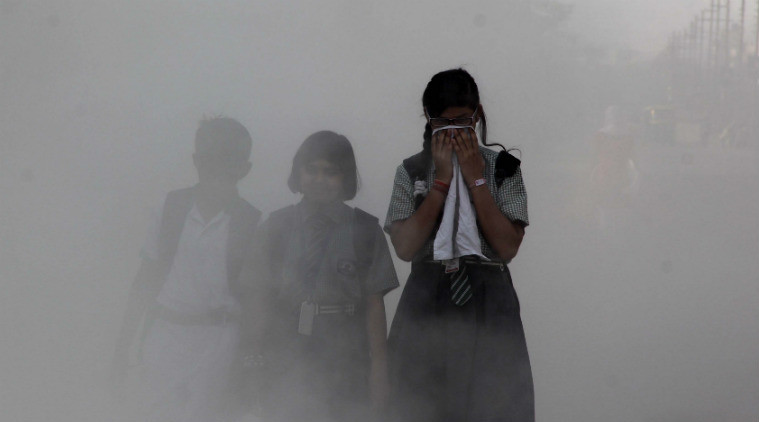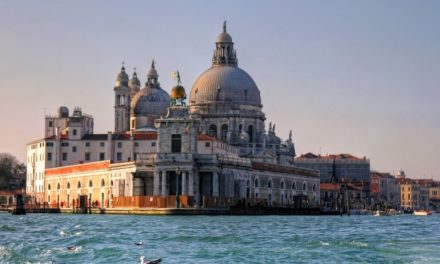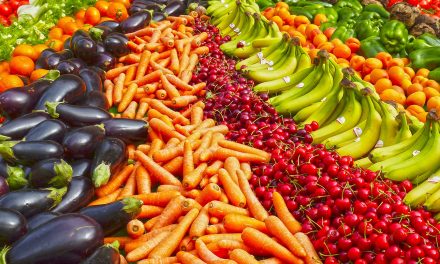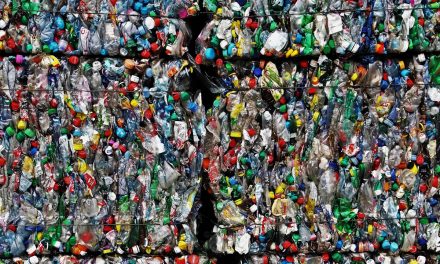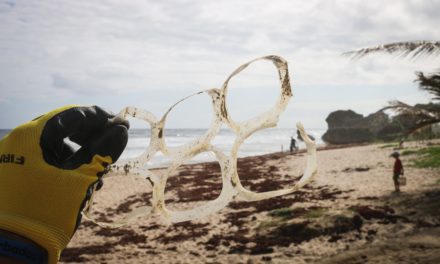India’s capital city has introduced a ban on many private vehicles on Monday to battle air pollution as the country continues to grapple with a public health crisis over dangerous smog.
The “odd-even plan” restricts license plates ending in odd numbers to only drive on odd dates while allowing even-numbered plates to drive on even dates. Those in violation of the orders will be fined 4,000 rupees (£44).
Levels of toxic particles in the air are ten times the safe limits according to the state-run Central Pollution Control Board’s air quality index.
Health officials warned the risk of respiratory illnesses due to the inhalation of the smog and asked people to stay indoors and avoid physical activity. Schools have also been ordered to close from Tuesday to Friday as the city tries to recover from a three-year pollution high.
Authorities have also ordered all construction work to be put on hold.
New Delhi Chief Minister Arvind Kejriwal appealed for residents to follow the new rule and for private taxi and auto-rickshaw drivers to support it.
“There is smoke everywhere and people, including youngsters, kids, and the elderly are finding it difficult to breathe,” Kejriwal said in a social media video. “Eyes are burning, pollution is that bad.”
Ride-hailing services were exempt from the rule and both Uber and Ola announced they would not impose surge pricing for the duration of the odd-even scheme.
Exhaust fumes along with emissions from the industry contribute more than 50% of Delhi’s air pollution on most days through the year, according to official estimates.
Authorities said almost 1.2 million registered vehicles in Delhi will be off-road every day during the two-week restrictions.
Cars are only a small fraction of the pollution
The plan has been implemented twice before in 2016 but many are not sure if it will help because other factors also contribute to the smog.
Air pollution in New Delhi and some northern Indian states peaks in the winter as farmers in neighboring agricultural regions set fire to clear land after the harvest and prepare for the next crop season. Pollution in the Indian capital also peaks after Diwali celebrations, the Hindu festival of light, when people set off fireworks.
Last year, the New Delhi government ordered firefighters to sprinkle water from high-rise buildings to settle dust, stopped garbage fires and ordered builders to cover construction sites to stop dust enveloping the area as hazardous air quality affected millions of people.
Poor air quality is a rising problem in Aisa and Africa
World Health Organization (WHO) data released last year gave India the distinction of having the world’s 10 most polluted cities.
Faisalabad in Pakistan is ranked third and Lahore 10th. Dhaka in Bangladesh is ranked 17th. The only other country to feature in the top 30 is China, which appears five times.
Every single measured city in the Middle East and Africa exceeds the WHO guidelines, as well as 99% of cities in south Asia and 89% in east Asia.
The WHO estimates that 7 million people a year die prematurely from exposure to air pollution globally.
Read also: Air pollution damaging “every organ in the body“
- Travellers are Rethinking Flying as Flight Shaming Takes Off - 1st March 2021
- Oxford-Backed Project Connects Partition Survivors to Their Ancestral Homes - 22nd February 2021
- Helping Your Own: A Young Aslyum Seeker Explains the Importance of Volunteering in the COVID Era - 7th September 2020

